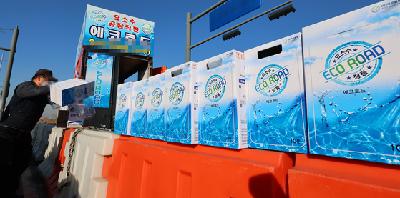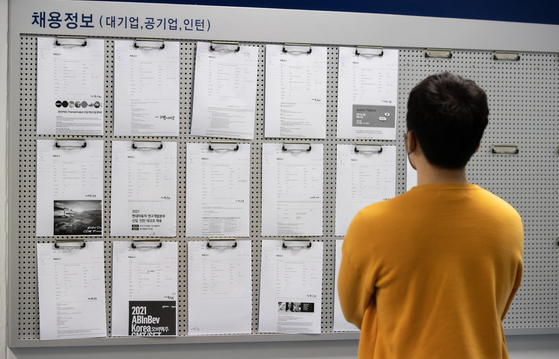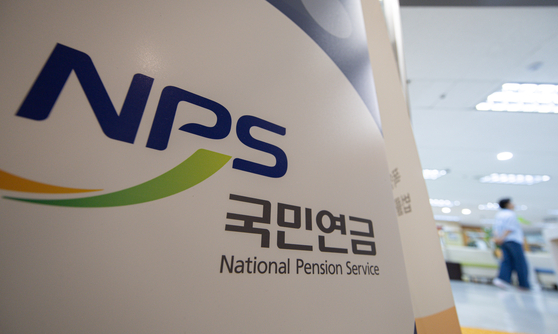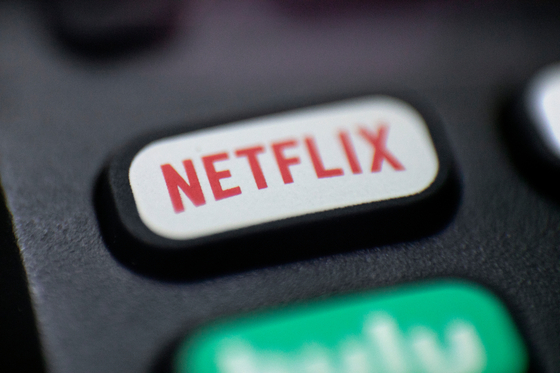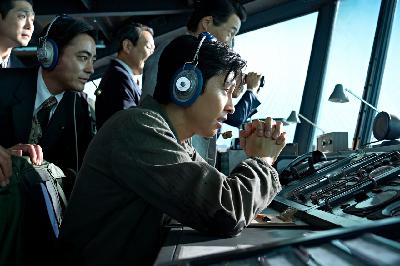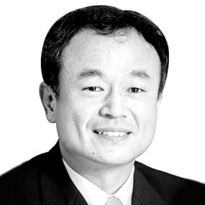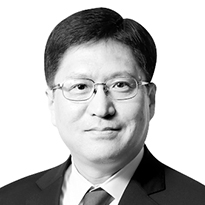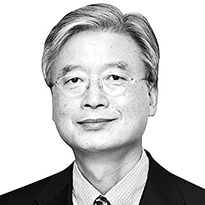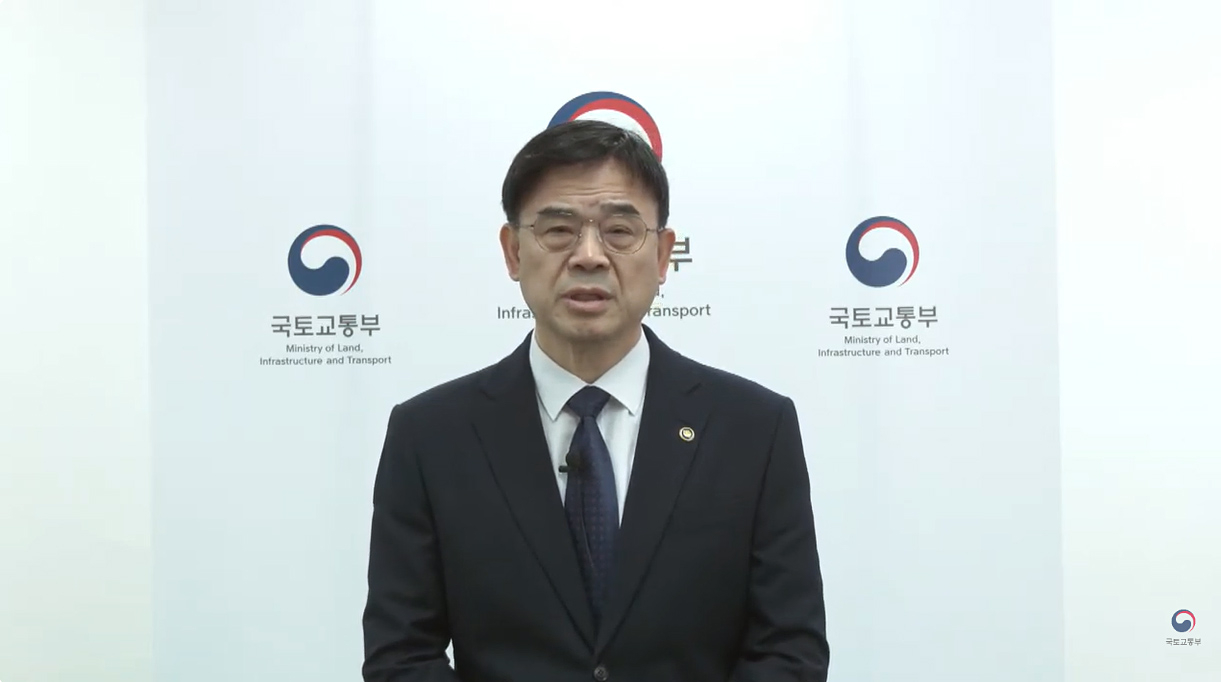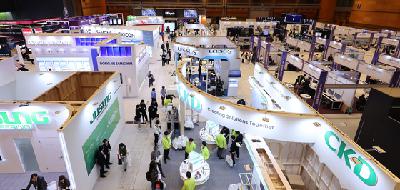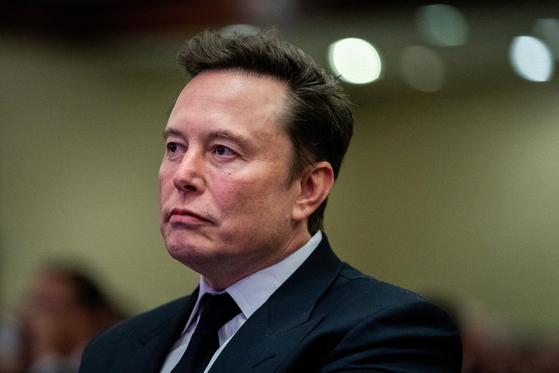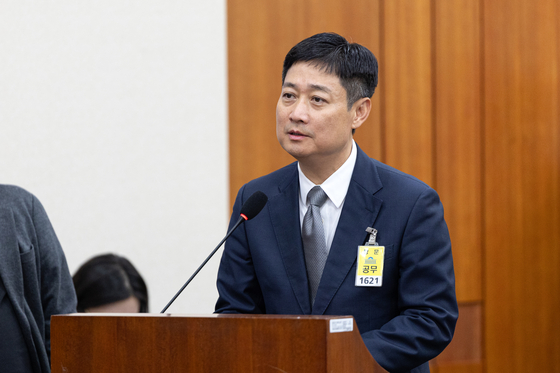Korea’s urea dependency on China deepens despite diversification efforts
Update: 2025-10-22
Description
This article is by Na Sang-hyeon and read by an artificial voice.
From January to September, Korea imported 252,102 tons of industrial and automotive urea, with 62.4 percent coming from China, an 82.4 percent increase from a year earlier, according to data from the Korea International Trade Association.
Vietnam followed with 26.6 percent, Japan with 5.8 percent and Qatar with 3 percent.
Urea is the key ingredient in diesel exhaust fluid, which reduces nitrogen oxide emissions from diesel vehicles, and is also used in pollution-control systems at large factories and power plants.
Korea has long relied on cheaper Chinese imports that accounted for 80 to 90 percent of total supply before the 2021 export curbs that triggered nationwide shortages.
After China restricted urea exports again late last year to stabilize its domestic market, Seoul pushed to broaden supply lines. Vietnam's share of imports rose to 53.1 percent last year, while China's dropped to 27.1 percent. The government also introduced a subsidy program that reimbursed up to half the price gap for companies signing long-term contracts with non-Chinese suppliers such as Vietnam and Japan.
But China's dominance has quickly returned. In September alone, 95.1 percent of Korea's urea imports came from China, while Japan accounted for 4.7 percent and Vietnam just 0.1 percent.
Industry officials say price competitiveness makes Chinese imports hard to avoid as long as trade flows remain stable. Chinese urea costs about $400 per ton, compared to $440 from Qatar, $455 from Vietnam and $496 from Japan.
The $96-per-ton gap between Chinese and Japanese shipments translates to more than $30 million in annual cost savings based on last year's 350,000-ton import volume.
"Because urea is a commodity, there is little difference in quality among producers, so buyers naturally choose the cheapest option," an industry official said.
The Korean government has moved to strengthen safeguards. In March, it expanded subsidies for alternative sourcing, raising the ceiling from 50 to 90 percent of the price difference.
It also increased the public reserve from 50 days' worth of supply to 70 and vowed to widen imports beyond Asia to the Middle East and Europe.
"The government plans to actively encourage diversification of import sources by holding briefing sessions for industry," a Ministry of Economy and Finance official said.
Still, experts warn that market forces alone will not sustain long-term diversification.
"China holds the leash, so a 'second urea crisis' could happen at any time," Kim Pil-soo, a professor of automotive engineering at Daelim University College. "The government needs to expand subsidies for diversification and designate urea as a national strategic item so the country can produce part of its supply domestically in emergencies."
This article was originally written in Korean and translated by a bilingual reporter with the help of generative AI tools. It was then edited by a native English-speaking editor. All AI-assisted translations are reviewed and refined by our newsroom.
From January to September, Korea imported 252,102 tons of industrial and automotive urea, with 62.4 percent coming from China, an 82.4 percent increase from a year earlier, according to data from the Korea International Trade Association.
Vietnam followed with 26.6 percent, Japan with 5.8 percent and Qatar with 3 percent.
Urea is the key ingredient in diesel exhaust fluid, which reduces nitrogen oxide emissions from diesel vehicles, and is also used in pollution-control systems at large factories and power plants.
Korea has long relied on cheaper Chinese imports that accounted for 80 to 90 percent of total supply before the 2021 export curbs that triggered nationwide shortages.
After China restricted urea exports again late last year to stabilize its domestic market, Seoul pushed to broaden supply lines. Vietnam's share of imports rose to 53.1 percent last year, while China's dropped to 27.1 percent. The government also introduced a subsidy program that reimbursed up to half the price gap for companies signing long-term contracts with non-Chinese suppliers such as Vietnam and Japan.
But China's dominance has quickly returned. In September alone, 95.1 percent of Korea's urea imports came from China, while Japan accounted for 4.7 percent and Vietnam just 0.1 percent.
Industry officials say price competitiveness makes Chinese imports hard to avoid as long as trade flows remain stable. Chinese urea costs about $400 per ton, compared to $440 from Qatar, $455 from Vietnam and $496 from Japan.
The $96-per-ton gap between Chinese and Japanese shipments translates to more than $30 million in annual cost savings based on last year's 350,000-ton import volume.
"Because urea is a commodity, there is little difference in quality among producers, so buyers naturally choose the cheapest option," an industry official said.
The Korean government has moved to strengthen safeguards. In March, it expanded subsidies for alternative sourcing, raising the ceiling from 50 to 90 percent of the price difference.
It also increased the public reserve from 50 days' worth of supply to 70 and vowed to widen imports beyond Asia to the Middle East and Europe.
"The government plans to actively encourage diversification of import sources by holding briefing sessions for industry," a Ministry of Economy and Finance official said.
Still, experts warn that market forces alone will not sustain long-term diversification.
"China holds the leash, so a 'second urea crisis' could happen at any time," Kim Pil-soo, a professor of automotive engineering at Daelim University College. "The government needs to expand subsidies for diversification and designate urea as a national strategic item so the country can produce part of its supply domestically in emergencies."
This article was originally written in Korean and translated by a bilingual reporter with the help of generative AI tools. It was then edited by a native English-speaking editor. All AI-assisted translations are reviewed and refined by our newsroom.
Comments
In Channel

